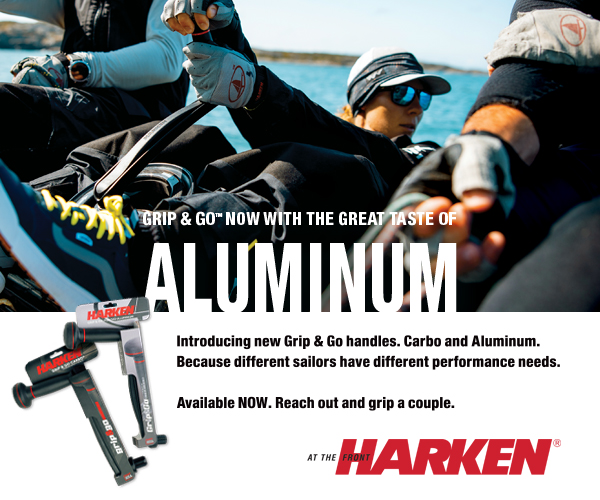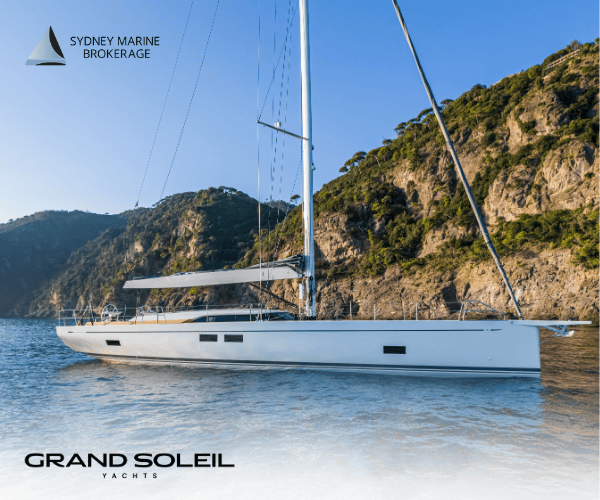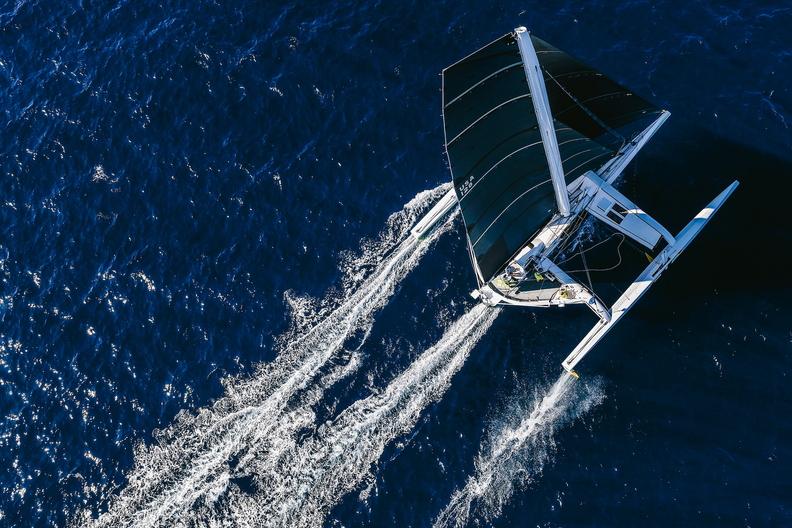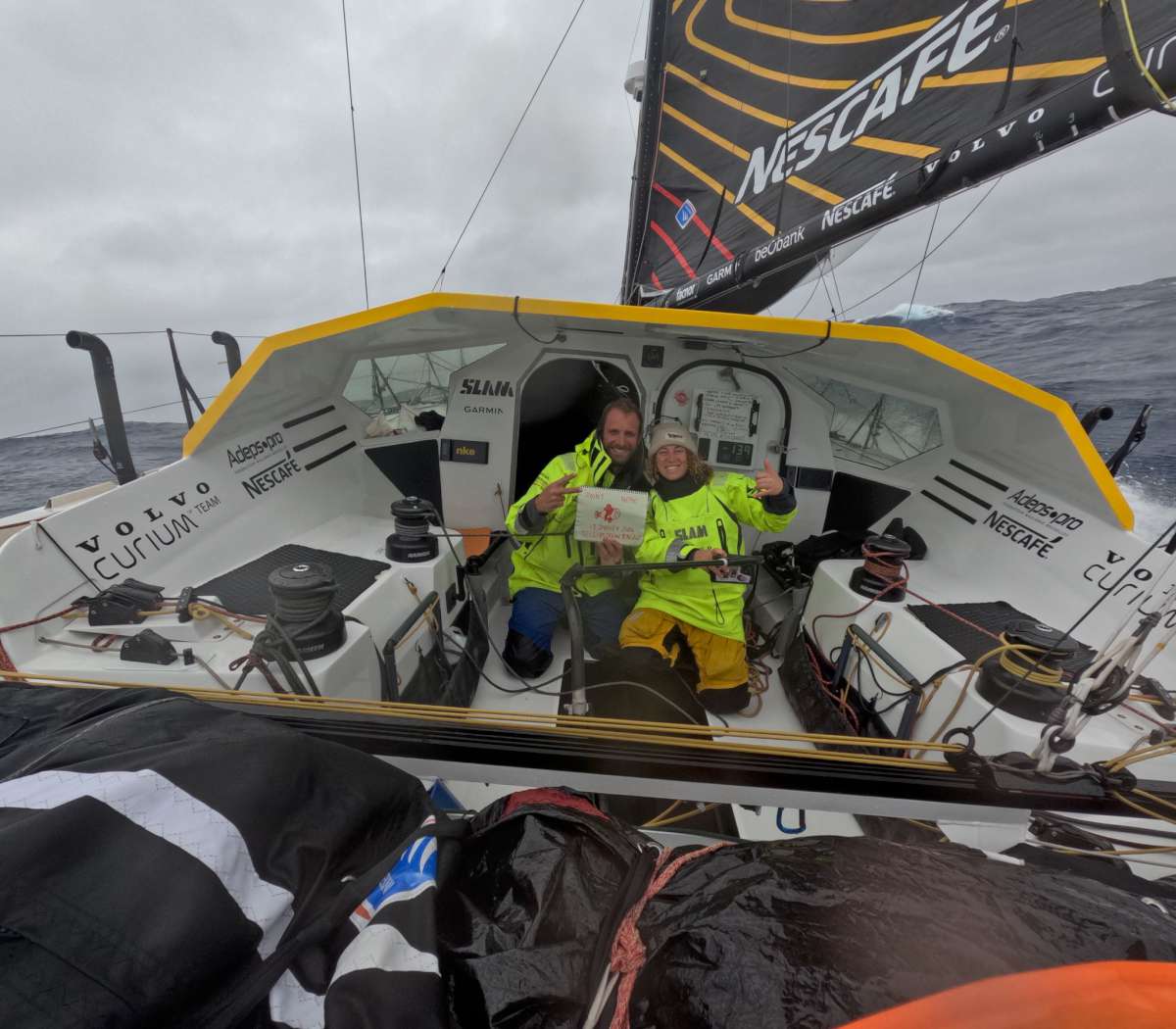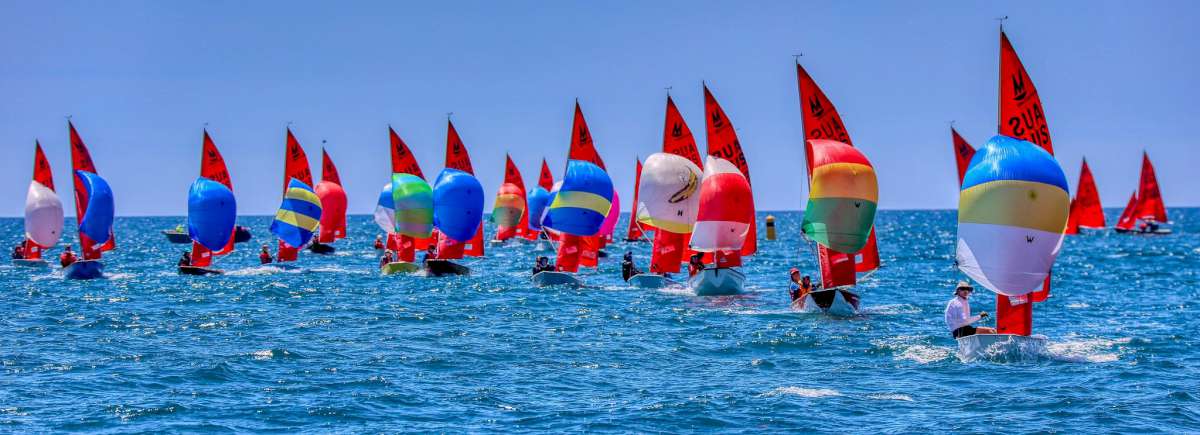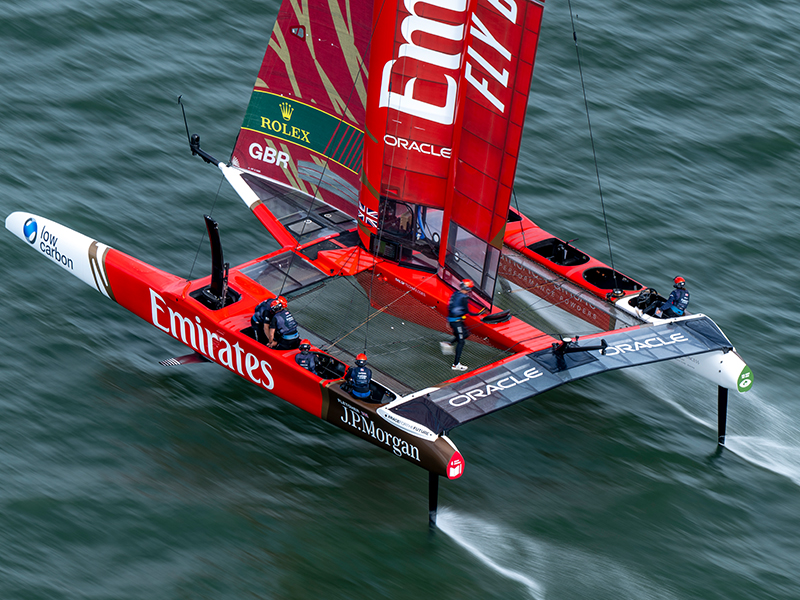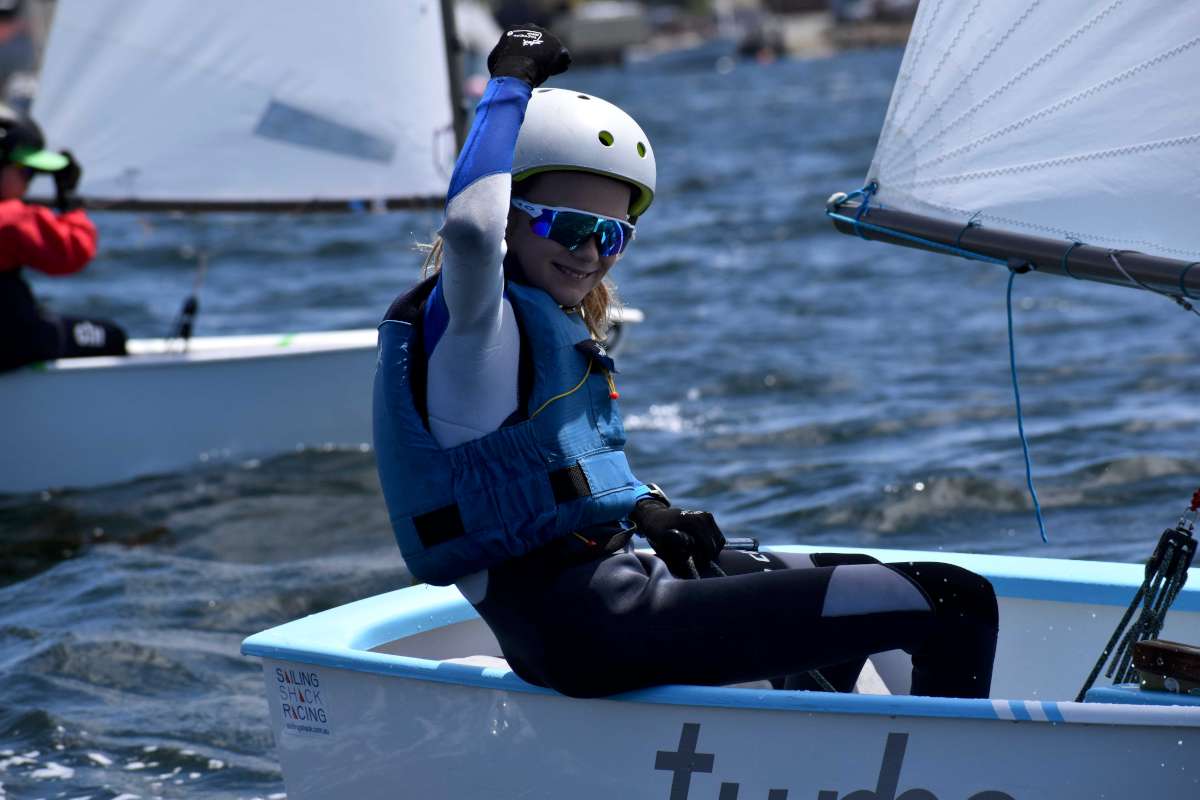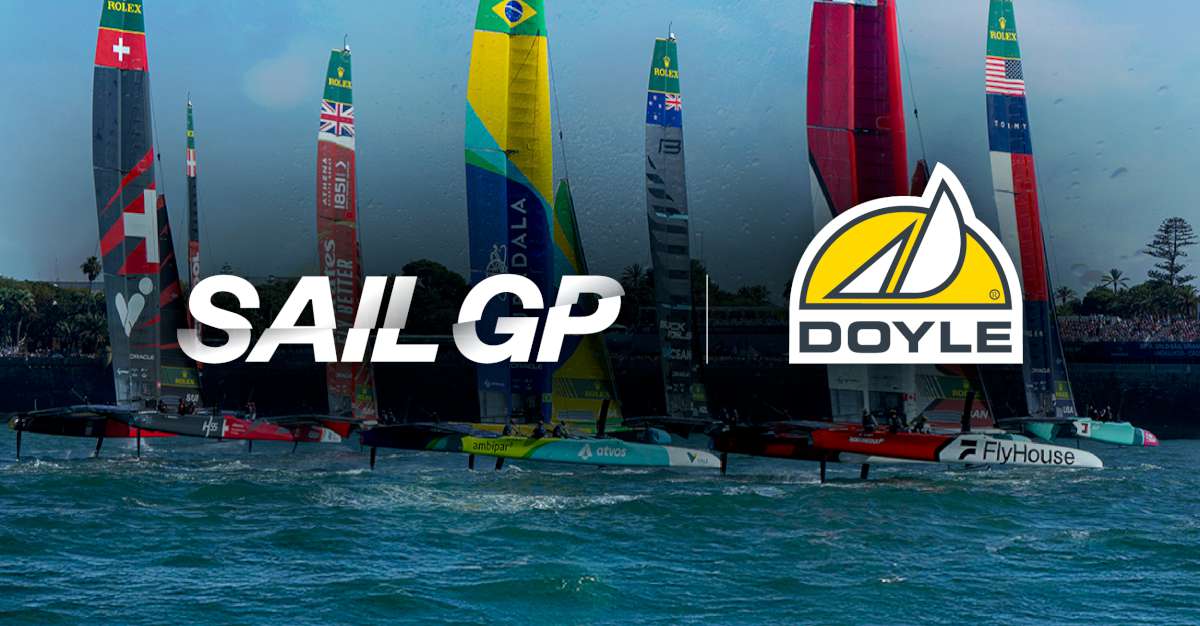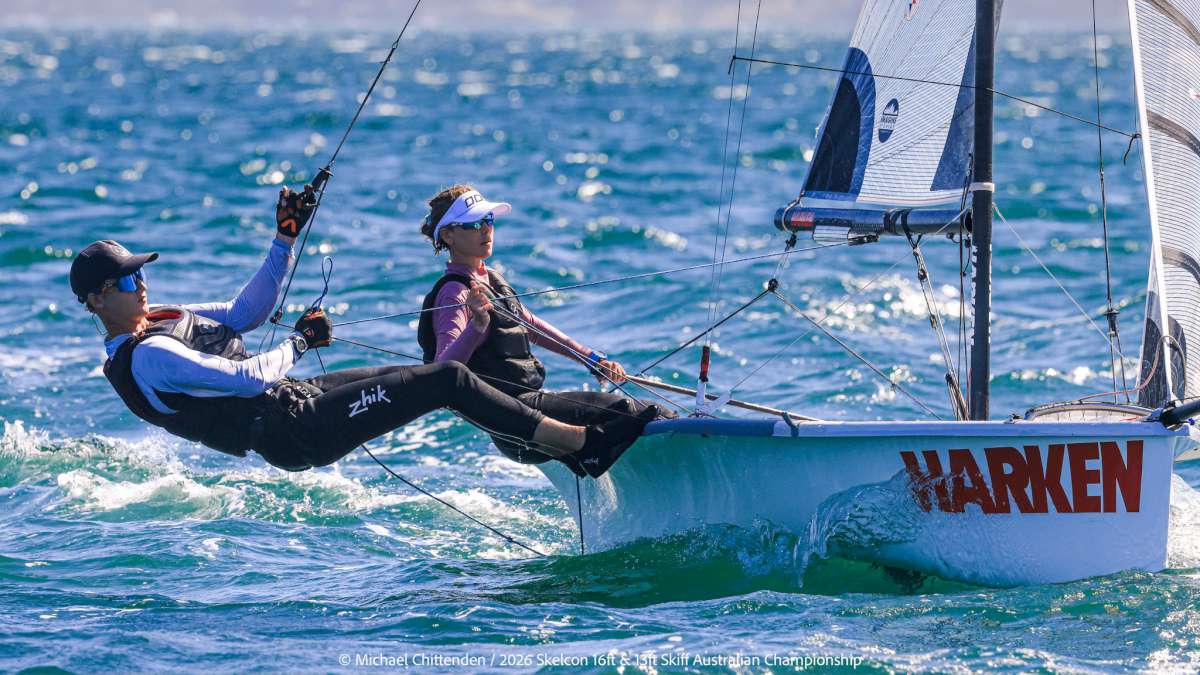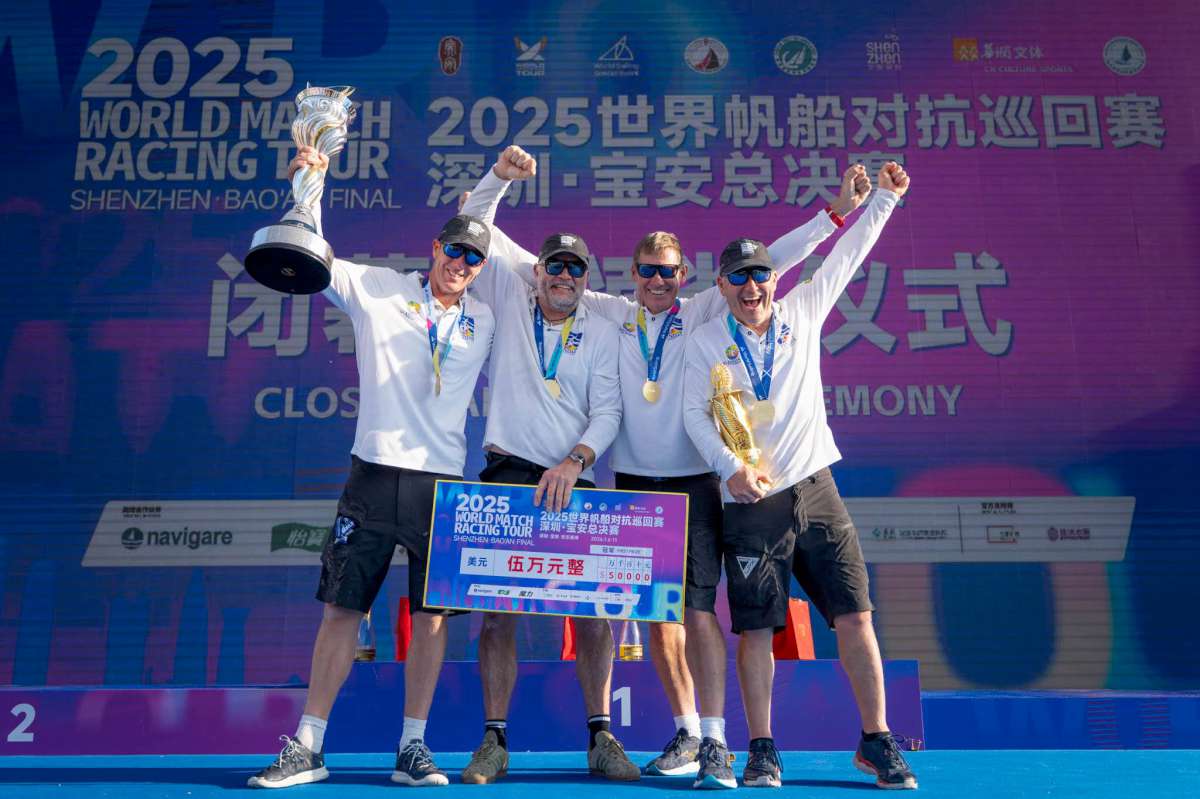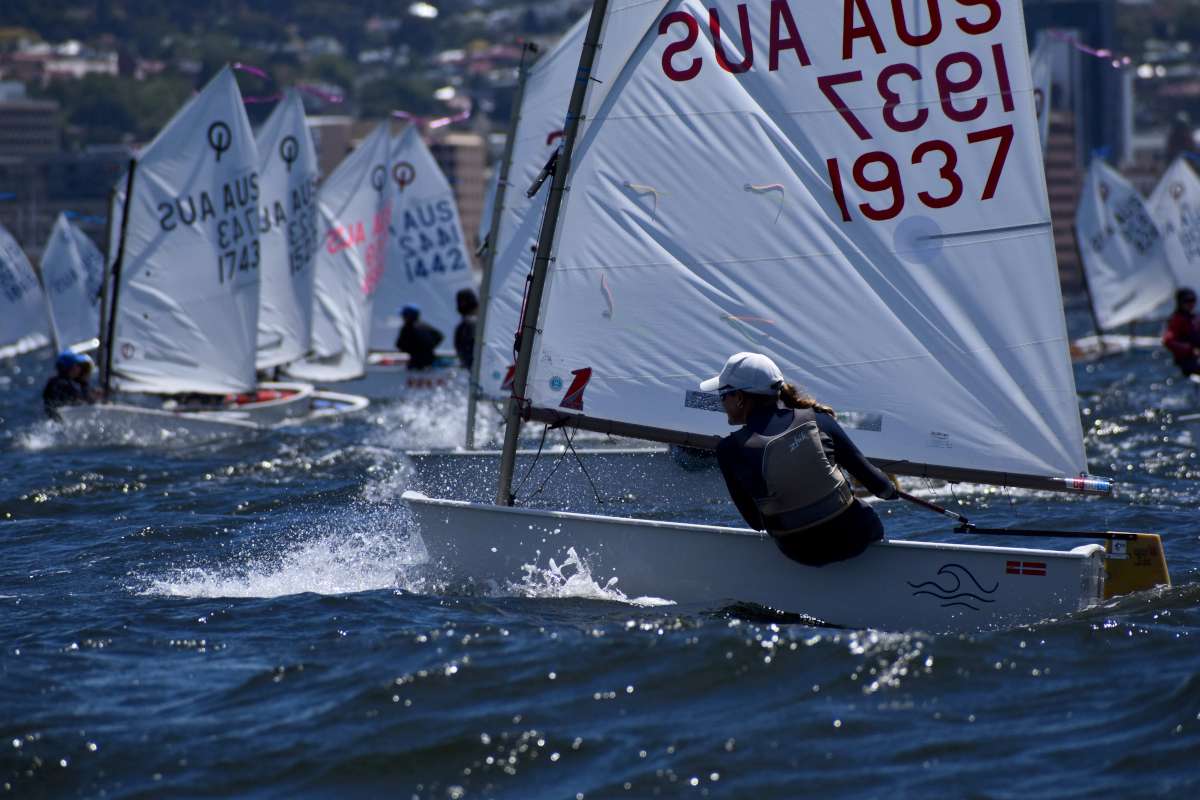Over the last few years I have been reporting about boatbuilder Beneteau’s change in direction being driven by its general manager Gianguido Girotti. His development of racing yachts, prior to joining Beneteau, has seen him move the company back towards a racing/cruising design path, as opposed to the emphasis on cruising/racing predominantly to suit the charter market.
Beneteau as a company recently bought the small sport boat manufacturer Seascape and, at the recent Cannes Boat Show, announced its range of yachts will be rebadged as Beneteau’s premier racing First line. Previously the First range involved yachts designed to go fast but be comfortable to sail in. An owner could trick up their purchase with various options such as a taller mast, or even carbon fibre.
The First range were quite successful and still are with the last Sydney Hobart yacht race including five Beneteau First’s racing alonside four of the standard models. A testament to the hull design and production build of the Beneteau range.
It is this long-term success that Girotti would like to see Beneteau re-attain. The Seascape range, however, are too small for ocean racing being designed for weekend outings.
The answer is quite a simple one, as all the best answers usually are: since production sailing yacht design nowadays follows along much the same design principles as racing design, the differences only being in fitout and a design priority on comfort instead of speed, all that is needed to become a Beneteau First racer/cruiser is to choose the ‘First Line’ package for your standard Beneteau hull.
While Beneteau’s ‘Cruising’ version features all the comforts and safety features expected, the First Line performance version can be customised to your personal standards.
The First Line version offered on the Oceanis 46.1 includes: a longer mast by one metre, of either aluminium or carbon fibre, realising a sail area increase of 28 per cent; a lighter bulb on a deeper keel to minimise drag; an integrated bowsprit to fly the Code 0 and house the anchor; Harken Performa deck fittings including upsized winches; composite steering wheels for the twin rudders; flat deck genoa furler and a deep lead bulb keel to minimise drag. Competitive sails can be supplied by Beneteau but they recommend contracting a local sailmaker for personalisation and better service. Also part of the performance pack is such lightweight items as a rope hydraulic backstay; Dyform rigging in cathedral style; Dyneema rope running rigging. The First Line version will guarantee fast cruising and competitive racing.
The standard Oceanis 46.1 includes in-mast furling mainsail and a self-tacking jib. There is an option for 105% overlapping furling jib and classic mast with lazy bag. This Oceanis has included an option for what it calls a ‘Tweenie’, which is somewhere between a staysail and a jib on a furler to expand the options when cracked sheet sailing.
The engine on all versions are saildrive, common rail Yanmar either 42 kilowatt (57 horsepower) standard or 60kW (80hp) option
Off the rack
Whether it is the Cruising version or the Charter or the First Line, the hull redesign is standard.
This is an updated hull shape by naval architects Finot-Conq looking at increased form stability through use of wide beam and chine. The trend to increased volume in the bow is seen here with the thinking behind the hull shape linked to the previously popular Oceanis 51.1 by the same designers.
In the early days of adding a chine to the above waterline hull, it was usually a harsh line at the aft stations. But, as can be seen with this latest thinking, the chine aft has softened while the chine forward has sharpened and widened.
By increasing the above the waterline bow volume you achieve two advantages: an owners cabin 50 centimetres wider than the previous Oceanis 45, yet a relatively narrow waterline delivering less wetted surface area to produce
a faster yacht. This is an easily-pushed yacht.
Twin rudders deliver better grip in gusty sailing conditions when the hull is lying on its chine. The bowsprit, which nowadays appears to follow the racing parlance and is called a prod, is standard to get your Code Zero or asymmetric spinnaker further out on front; plus safely house the Delta anchor out from the stem and hidden from view.
Bespoke
As mentioned earlier our test review yacht had some special features, so I was looking forward to gauging how different the First Line 46.1 would be to a ‘normal’ cruising yacht.
A taller rig but reduced boom length provides 28 per cent extra sail area over the standard Cruising version of the Oceanis. The new owner used North Sails to provide his driving force and opted for the standard method of dropping the mainsail as opposed to the mast furling main that is standard.
The Oceanis bimini is also removed from this version, which enhances the low profile sleek deck look and allows greater control of the mainsail via the German sheeting system. It requires a bit more co-ordination using the winches aft but nothing that cannot be learned.
Hardening up in the ten to fifteen knot breeze in Sydney’s Pittwater found the chines were brought into play early as she rolled on to her sides and powered forward. You can note in the images how the stern sections are now quite rounded, nicely balanced by the fuller bow sections to give a comfortable but fast ride.
Taller rig, deeper keel means more forward driving force. Yet, when the numbers are crunched it doesn’t appear to differ much from its ‘slower’ cousins. While the rig is taller the boom measurement is reduced to make a high aspect ratio and counter any weather helm a larger mainsail would have delivered.
Both the displacement to length and the displacement to sail area ratios show a yacht more likely rated in the light cruiser/racer class. The figures show only ten per cent or so difference to current models of similar, typical coastal cruisers.
Nowadays this is all that is needed to deliver the difference between a speed demon and a comfy chair.
You may note some of the sailing images on these pages are not the best quality. Quite frankly, our speedboat had a devil of a time keeping up with Bombolo while I was taking the photos. When helming you will need to raise the steerers foot pads. Once settled in this is a weapon.
Bombolo’s new owner will get some great mileage out of this: both on the open water and on the racetrack. I would suggest you would reef early when cruising to keep the heel down but with such an easily-driven hull it should not affect the speed whatsoever. We hit theoretical hull speed without any signs of stress.
Under motor it is the same, low revolutions pushes it along smoothly, with a clean wake running off the transom.
Feel the quality
A wide toerail bulwark adds extra safety when underway and is comfortable for racing crew to hang their legs over. Just like the earlier First range of Beneteau’s, comfortable sailing is just as important as the speed. The forward locker is deep to ensure all sails, fenders and spare lines have somewhere to go, this compensates for the cockpit lazarettes which are wide but shallow.
While the First Line is the racing version, every model has the same racy looks. A flat deck line is enhanced by a low cabin top. To keep the view unhindered even the standard self-tacking jib track is recessed across the front of the mast.
To add to the sweeping views, all the winches are aft just in front of the twin steering stations. There are two winches servicing the halyards and running sheets coming aft through the coamings via a bank of five jammers. This makes it easy for short handed sailing with the skipper able to handle reefing lines for the crew at the mast.
The diagonal lower shrouds come down alongside the cabin top forward of the cap shroud on the side deck. This provides an uninterrupted side walkway, it also allows a tighter sheeting angle on the headsail with it further inboard for racing.
As most chined hulls rely on the yacht heel to make full use of the chine, the steering stations have raisable foot chocks for the skipper.
This cockpit is incredibly wide: the benches are wide to be suitable for lounging; the table is wide to fit the liferaft and mini cooler bin; and the space between the two is wide for easy walk through. This means the lazarettes are wide as well, the starboard storage has a set position to store the companionway hatch covers. At the aft end of the cockpit benches are lift-up lids for rope storage from the twin winches.
The two reclining sun lounge cushions lie alongside the companionway, replete with drinks holders. These loungers can also be taken forward to the wide foredeck area.
Another advantage of a chined hull is the aft swim platform to make easy access to the dock or the water for plenty of people. The two steps fold up and down with the platform. The centre hatch between the steering stations can easily house the generator and watermaker and gives large access to the steering gear.
The best use of this space, however, is the inclusion of retractable dinghy davits. The best of both worlds: a place to get your tender out of the water without affecting your usage of the area.
Down below the interior volume is apparently equivalent to the larger Oceanis 48. At the widest part of the saloon I managed to get the tape measure out to 4.1 metres, which is remarkable.
The main forecabin entry is offset to port so the U-shaped saloon will sit six around the table to starboard and another two would sit on the little centreline seat. The table drops down to provide another double berth, bringing the total sleeping possibilities to eight.
There is another large bench seat or day lounge to port with the navigator’s table facing forward off the mast bulkhead. All seating is covered in a soft white leather. The nav. area is tight with pocket storage around and wide shelving outboard against the hull.
Aft of this is the G-shape galley providing a nice tight space with plenty of storage space under the one and a half sinks and two burner stove. A dual refrigerator is accessible from the benchtop or side door. You walk through the galley to access the port aft cabin.
Although the galley fiddlework is strong enough to keep you upright, with a two metre headroom thankfully Nauta Design have included a good strong handrail on the cabin roof all through the cabin.
Over to starboard, opposite the companionway, is the main head cabin and starboard aft cabin. The cabin has a door to access this head. The toilet siting is good, facing inboard and with plenty of elbow room. The shower area is tight if the doors are closed but it would be easy enough to leave the doors open. For ventilation there is an opening hatch.
The aft cabins use twin singles to provide the ability to install lee cloths in between. There are hanging lockers and small hatches on the cockpit walls. A larger hatch faces aft into the cockpit.
The design work by Finot-Conq in pushing the beam forward results in more space for the forward cabin. The double bed has side access for its occupants and hanging lockers on each side as well. The main head is to port in a spacious room as the shower recess is on the starboard side. Both generous in space, the shower includes seating, mirrors and even a sink. An overhead hatch gives plenty of exhaust.
All through the interior there was attention to detail, I especially liked the leather door protectors that stretched to allow the door to open fully but ensured they did not bang against the walls, a neat touch.
Tailor to fit
The idea of making the hull standard and then cater the options for each owner’s tastes is a clever use of resources in production and preparation. It would take very little, from the factory’s point of view, to tailor each hull that goes through construction as per owner’s instructions.
The Cruise options include as standard: in-mast furling main, self-tacking jib and electric winches. Options add an electric swim platform, transom grill, bow thruster, additional fridges and freezers, air conditioning, a water maker, dishwasher, microwave, electric flush fresh water toilets and much more.
The yacht comes in various cabin and head versions. Interiors are available in a wide variety.
This move, along an enhanced performance path with no loss of comfort, is a positive move for Beneteau and promises to lead to interesting results. ≈

